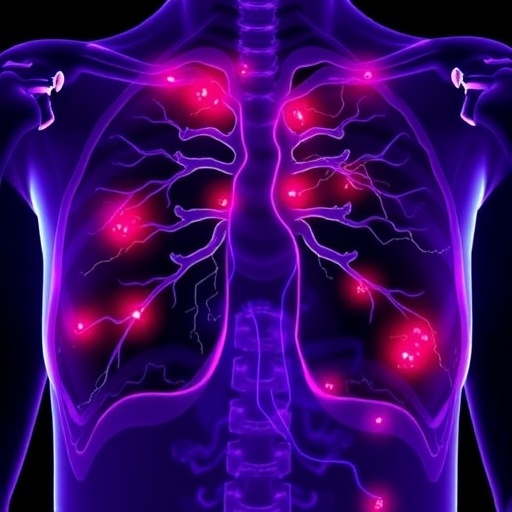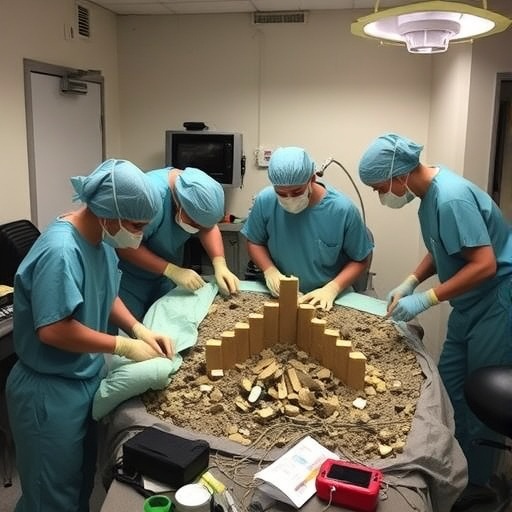UNC-Chapel Hill’s NAPSACC program receives national recognition as ‘best evidence for impact’ on childhood obesity
A March 2019 brief by Healthy Eating Research, a national program of the Robert Wood Johnson Foundation, states that NAPSACC has the “best evidence for impact” on obesity prevention in young children. Developed by the Children’s Healthy Weight Research Group at the UNC Center for Health Promotion and Disease Prevention, NAPSACC is an evidence-based program with a proven track record of reducing childhood obesity risk. It guides child care providers through a five-step process to help them create environments that foster healthy eating and physical activity. The brief recommends NAPSACC’s incorporation into a state’s existing Quality Rating and Improvement Systems as a way to maximize its reach, concluding that the program “shows the best evidence for impact on early childhood obesity risk among interventions specifically targeted to children under five.”
“Research has shown that NAPSACC helps child care providers create meaningful changes. These healthier environments, in turn, lead to children who eat a healthier diet, are more active and are less likely to be overweight or obese,” said Dr. Dianne Ward, director of the Children’s Healthy Weight Research Group. “We are delighted that NAPSACC has been recommended to policymakers. Since 2014, we have been working with an online version of the program, Go NAPSACC, which can make the program even easier and cheaper for states to use. With these savings, we expect that Go NAPSACC would be even more cost effective than the original program.”
Healthy Eating Research created the brief in partnership with the Childhood Obesity Intervention Cost-Effectiveness Study (CHOICES) at the Harvard T. Chan School of Public Health. Findings are based on research by CHOICES, which modeled the costs and health outcomes of various interventions over a 10-year period. CHOICES researchers projected that implementation of Go NAPSACC through state Quality Rating and Improvement Systems could result in 38,000 fewer cases of childhood obesity by 2025.
Go NAPSACC is currently in use by 20 states and continuing to expand. State agencies, such as public health departments or child care monitoring programs, can enroll in the program to receive access to the full set of online tools. Child care providers who are located in states not yet enrolled can also contact the Go NAPSACC team to express their interest in the program.
###
Media Contact
Julia Kimmel
[email protected]
https:/




